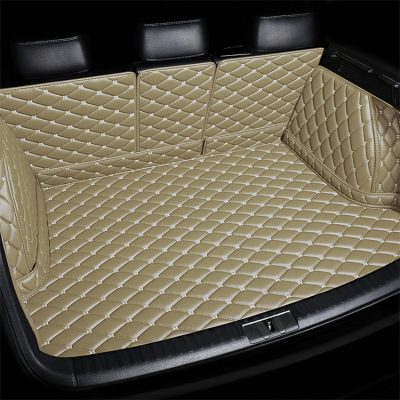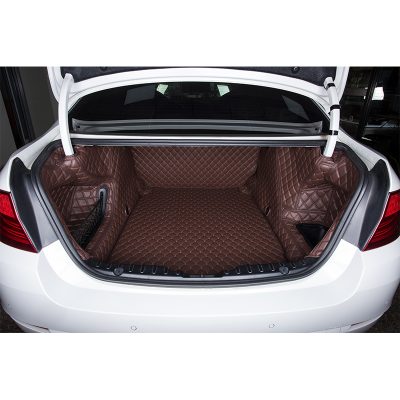1. Material:
Choose a car cover made from high-quality, weather-resistant material that can withstand all seasons. Consider the following options:
- Polyester: Lightweight, water-resistant, and suitable for most weather conditions. It’s a good choice for a car cover that will be used year-round.
- Polypropylene: Waterproof and UV-resistant, ideal for outdoor use in all seasons. It offers excellent protection against rain and sun.
- Multi-Layered Fabrics: These covers are designed to provide comprehensive protection against various weather elements, including rain, snow, UV rays, and dirt.
2. Fit:
Ensure the cover is designed to fit your specific vehicle model snugly. Custom-fit covers provide the best protection as they cover every contour of your car.
3. Ventilation:
Proper ventilation is crucial to prevent moisture buildup under the cover, which can lead to mold and mildew. Look for covers with built-in vents or breathable materials.
4. Weather Resistance:
For all-season use, your car cover should be resistant to:
- Rain and moisture
- UV rays
- Snow and ice
- Dust and dirt
- Wind
5. UV Protection:
UV rays can damage your car’s paint and interior. Choose a car cover with UV-resistant properties to shield your vehicle from the sun’s harmful effects.
6. Layered Protection:
Consider multi-layered covers that offer enhanced protection against a wide range of weather conditions. These covers often have an inner layer for softness, a middle layer for water resistance, and an outer layer for UV protection.
7. Elastic Hems and Straps:
Covers with elastic hems and straps help keep the cover securely in place, even during windy conditions.
8. Integrated Locks and Cables:
Some car covers come with built-in locks and cables to deter theft and ensure the cover stays in place.
9. Color:
Lighter-colored covers may be less likely to trap heat and cause paint damage in direct sunlight.
10. Easy Installation and Removal:
Choose a cover that is easy to put on and take off, especially if you plan to use it frequently.
11. Cleaning and Maintenance:
Ensure that the cover is easy to clean and maintain. You’ll need to clean it periodically to remove dirt and debris.
12. Warranty:
Check if the cover comes with a warranty, especially for outdoor covers that may be exposed to harsh conditions.
13. Supplemental Protection:
In extremely harsh conditions, consider additional protective measures such as a carport or garage for added protection.
14. Regular Inspection:
Inspect the cover periodically for signs of wear and tear. Replace it if it becomes damaged to maintain its effectiveness.
15. Budget:
Set a budget for your car cover purchase, but remember that investing in a high-quality cover can provide better long-term protection for your vehicle.
Choosing a car cover for all seasons requires careful consideration of your climate, storage conditions, and specific vehicle needs. By selecting the right cover and following proper care and maintenance, you can help preserve your vehicle’s appearance and value year-round.




















